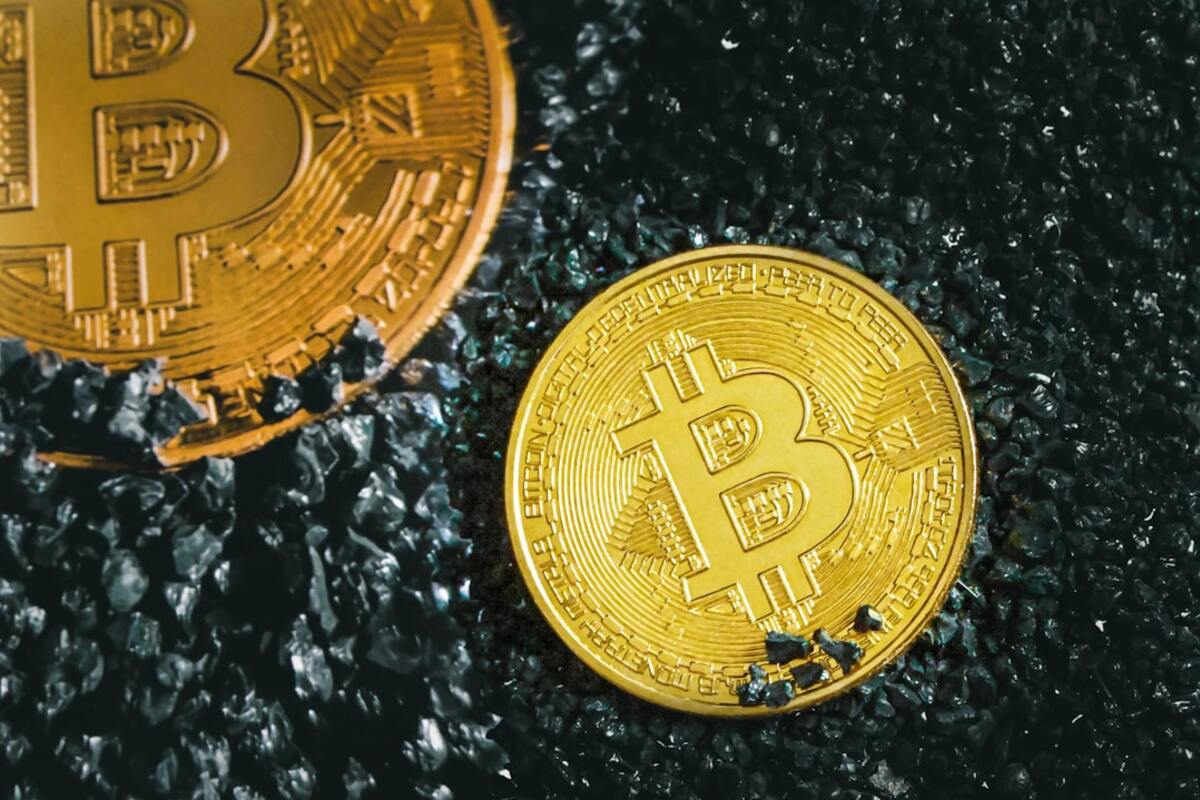Decentralized Finance: The Transformation of Traditional Banking Systems
Decentralized Finance (DeFi) is revolutionizing traditional banking by offering innovative financial instruments without intermediaries.

- Decentralized Finance (DeFi) eliminates the need for traditional intermediaries.
- Smart contracts are at the core of DeFi, automating and securing transactions.
- DeFi opens global access to financial services, enhancing financial inclusion.
Introduction to Decentralized Finance
Decentralized Finance, commonly referred to as DeFi, is a burgeoning sector within the financial industry that seeks to revolutionize traditional banking systems. Unlike conventional finance, which relies heavily on centralized institutions like banks, DeFi operates without intermediaries, using blockchain technology to provide financial services. This innovative approach has the potential to democratize access to financial services, offering opportunities for individuals worldwide to participate in the financial ecosystem.
Understanding the Role of Smart Contracts
At the heart of DeFi are smart contracts, which are self-executing contracts with the terms of the agreement directly written into lines of code. These contracts operate on blockchain networks, ensuring transparency and security. By automating processes that typically require manual oversight, smart contracts reduce the risk of human error and fraud. This innovation enables a range of financial activities, including lending, borrowing, and trading, to be conducted without traditional intermediaries.
Key Components of the DeFi Ecosystem
The DeFi ecosystem comprises various components that work together to provide a comprehensive suite of financial services. These include decentralized exchanges (DEXs), lending platforms, stablecoins, and yield farming. DEXs allow users to trade digital assets directly with one another, while lending platforms enable users to borrow and lend assets with interest rates determined by supply and demand dynamics.
- Decentralized Exchanges (DEXs): These platforms facilitate peer-to-peer trading of cryptocurrencies, eliminating the need for centralized exchanges.
- Lending Platforms: Users can lend their digital assets to earn interest or borrow against their holdings, providing liquidity and flexibility.
- Stablecoins: These cryptocurrencies are pegged to stable assets like fiat currencies, providing a reliable store of value in the volatile crypto market.
- Yield Farming: This practice involves staking or lending assets to generate high returns, often through complex investment strategies.
The integration of these components creates a robust financial infrastructure that challenges traditional banking models and offers innovative solutions to longstanding financial problems.
Impact on Financial Inclusion
One of the most significant advantages of DeFi is its potential to enhance financial inclusion. Traditional banking systems often exclude individuals due to geographical, economic, or social barriers. In contrast, DeFi platforms are accessible to anyone with an internet connection, allowing people from underserved regions to access financial services that were previously out of reach. This accessibility empowers individuals to participate in the global economy, fostering economic growth and reducing inequality.
Moreover, DeFi platforms often have lower transaction costs compared to traditional banks, making financial services more affordable for the masses. This cost-efficiency, combined with the transparency and security offered by blockchain technology, positions DeFi as a transformative force in the financial landscape.
Challenges and Future Prospects
Despite its promise, the DeFi space faces several challenges. Regulatory uncertainties, security concerns, and the complexity of decentralized systems can hinder widespread adoption. Governments and regulatory bodies are grappling with how to approach DeFi regulation, aiming to balance innovation with consumer protection. Additionally, the nascent nature of the technology means that vulnerabilities can be exploited by malicious actors, posing risks to users.
However, as the industry matures, these challenges are likely to be addressed through technological advancements and regulatory frameworks. The potential for DeFi to disrupt traditional banking systems is immense, and as more people become aware of its benefits, adoption is expected to grow exponentially.
In conclusion, Decentralized Finance represents a paradigm shift in the world of finance. By eliminating intermediaries and leveraging the power of blockchain technology, DeFi offers a more inclusive, transparent, and efficient financial system. As the industry continues to evolve, it holds the promise of reshaping the future of finance and empowering individuals worldwide.
